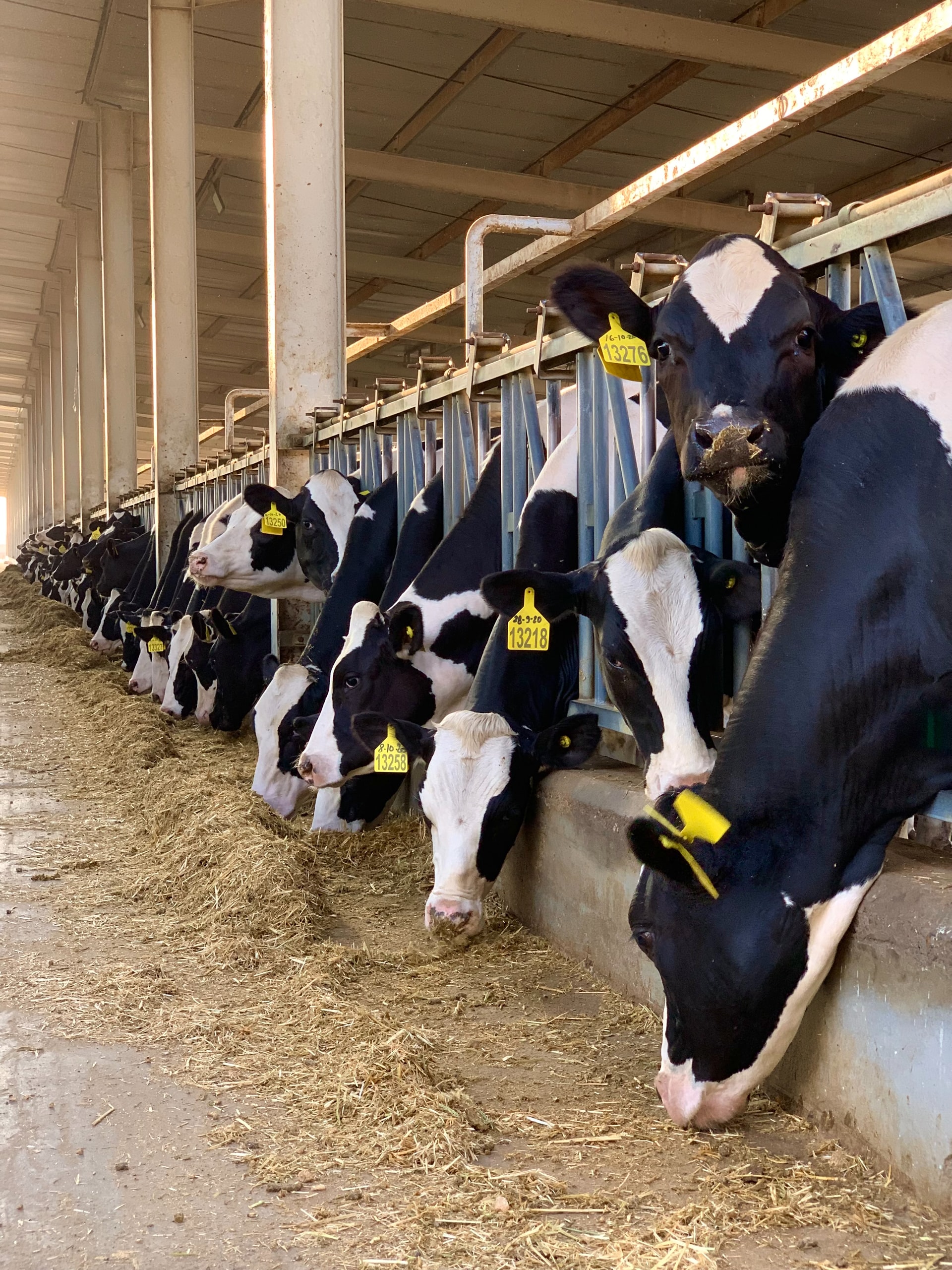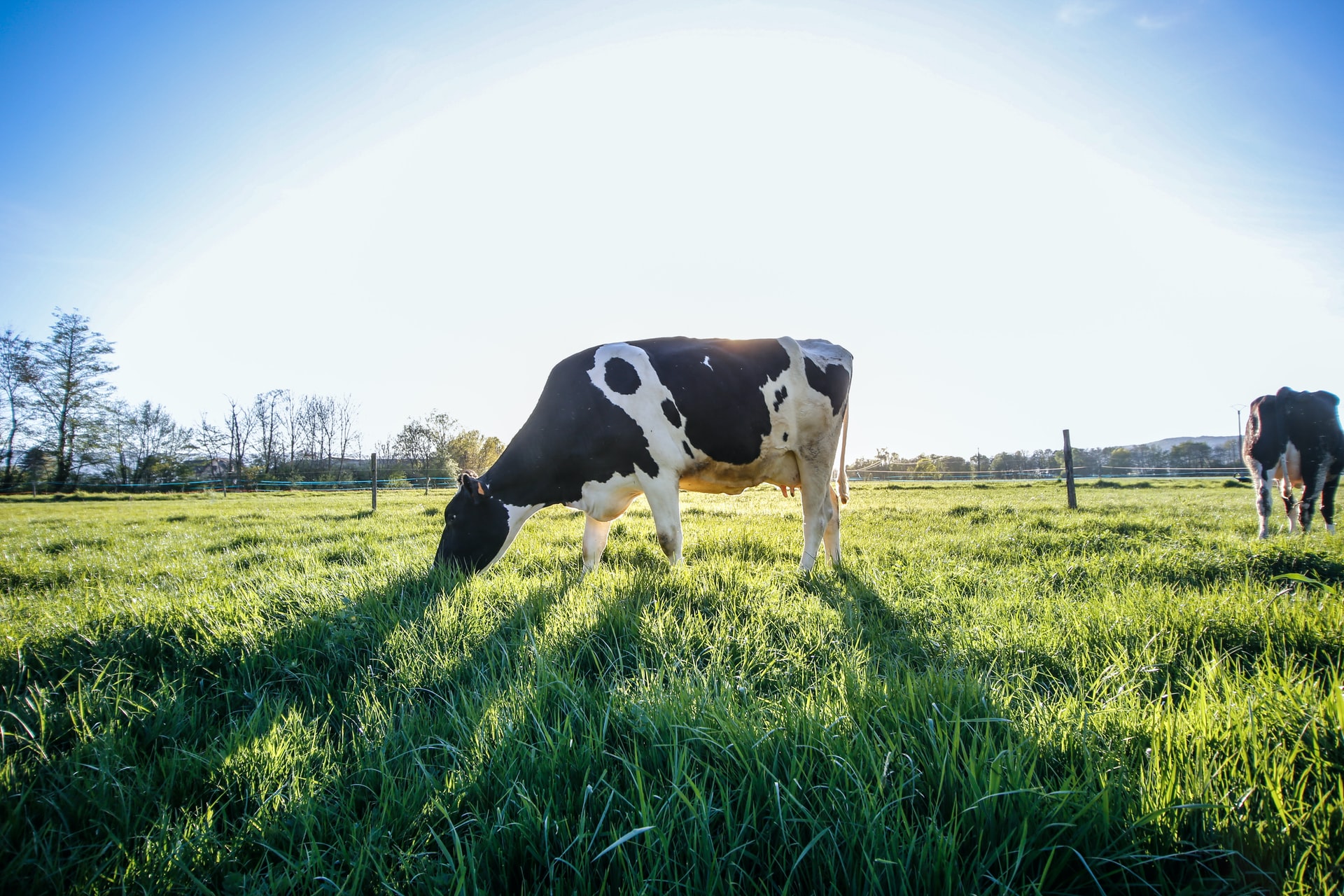Putting your heat stress know-how to the test
28 July 2022
As any seasoned farmer will confirm, heat stress can be both distressing and costly, so we figured it would be a good time to refresh our memories and put your heat stress knowledge to the test.
So get your thinking caps on and buzzers at the ready for our true or false round…
True or false: The productivity of cows suffering from heat stress won’t be affected.
 False. The impact of heat stress on dairy cow productivity is significant and well-documented. Often a hot cow will eat less, resulting in a lower energy intake. This can tip a cow into a negative energy balance and can occur at temperatures as low as 25°C. At temperatures above 40°C, feed intakes can be reduced by 20 - 40% - massively impacting energy available for productivity. This, coupled with increased energy demands for maintenance, can contribute to a reduction in milk yield of 25 - 35%.
False. The impact of heat stress on dairy cow productivity is significant and well-documented. Often a hot cow will eat less, resulting in a lower energy intake. This can tip a cow into a negative energy balance and can occur at temperatures as low as 25°C. At temperatures above 40°C, feed intakes can be reduced by 20 - 40% - massively impacting energy available for productivity. This, coupled with increased energy demands for maintenance, can contribute to a reduction in milk yield of 25 - 35%.
Additionally, heat-stressed cows can display significantly reduced fertility, with conception rates of less than 10% having been recorded during hot months compared with 40 – 50% in cooler weather.
Most significantly of all, it is the high performing cows that are more prone to problems associated with heat stress as these animals have greater metabolic activity, producing more body heat than their lesser productive counterparts.
True or false: Heat stress in dairy cows can be prevented?
True. And it is also true what they say about prevention being better than cure. We recommend seven main steps to reduce heat stress. And since heat stress occurs when cows get too hot, many of them involve simple ways of cooling your herd.
7 steps to reducing heat stress
- Providing plenty of clean, cool drinking water.
- Feeding at cooler times of day.
- Choosing your feed ingredients carefully.
- Milking early in the morning and later in the evening.
- Improving the airflow in your herd’s housing.
- Making the most of your outdoor shade.
- Misting / sprinkling (with caution)
True or false: Heat stress can be reversed if detected early.
_original.jpg?1656846999) This is absolutely true. As with most illnesses, changes in cow behaviour act as early warning signs of the onset of heat stress. A cow with heat stress can have its condition reversed if adequately cooled. Recognising the tell-tale signs of heat stress in your dairy cows is absolutely vital for early detection and to prevent it developing into much more serious and often fatal heatstroke.
This is absolutely true. As with most illnesses, changes in cow behaviour act as early warning signs of the onset of heat stress. A cow with heat stress can have its condition reversed if adequately cooled. Recognising the tell-tale signs of heat stress in your dairy cows is absolutely vital for early detection and to prevent it developing into much more serious and often fatal heatstroke.
Symptoms develop in stages, with the final stage being the most severe before heatstroke, which is a medical emergency, occurs.
The 6 stages of heat stress include the following tell-tale signs.
- Stage 1: elevated breathing rate, restlessness, reluctance to lie down.
- Stage 2: elevated breathing rate, restlessness, slight drooling, and reluctance to lie down.
- Stage 3: elevated breathing rate, restlessness, excessive drooling or foaming at the mouth, reluctance to lie down.
- Stage 4: elevated breathing rate, open mouth breathing, possible drooling, and reluctance to lie down.
- Stage 5: elevated breathing, restlessness, open mouth breathing with tongue protruding, possible drooling, reluctance to lie down.
- Stage 6: breathing rate is decreased but more laboured, open mouth with tongue protruding, little or no drooling, isolation from the herd.
We’d love to hear your own cow-cooling tips and tricks or stories of heat stress successes. Start the conversation on social media and tag us.